Explore a curated collection of technical resources that delve deeper into the principles and practices of biophilic design. This dedicated space supports your biophilic design learning journey with access to books, downloadable articles, podcasts, TED Talks, and more.
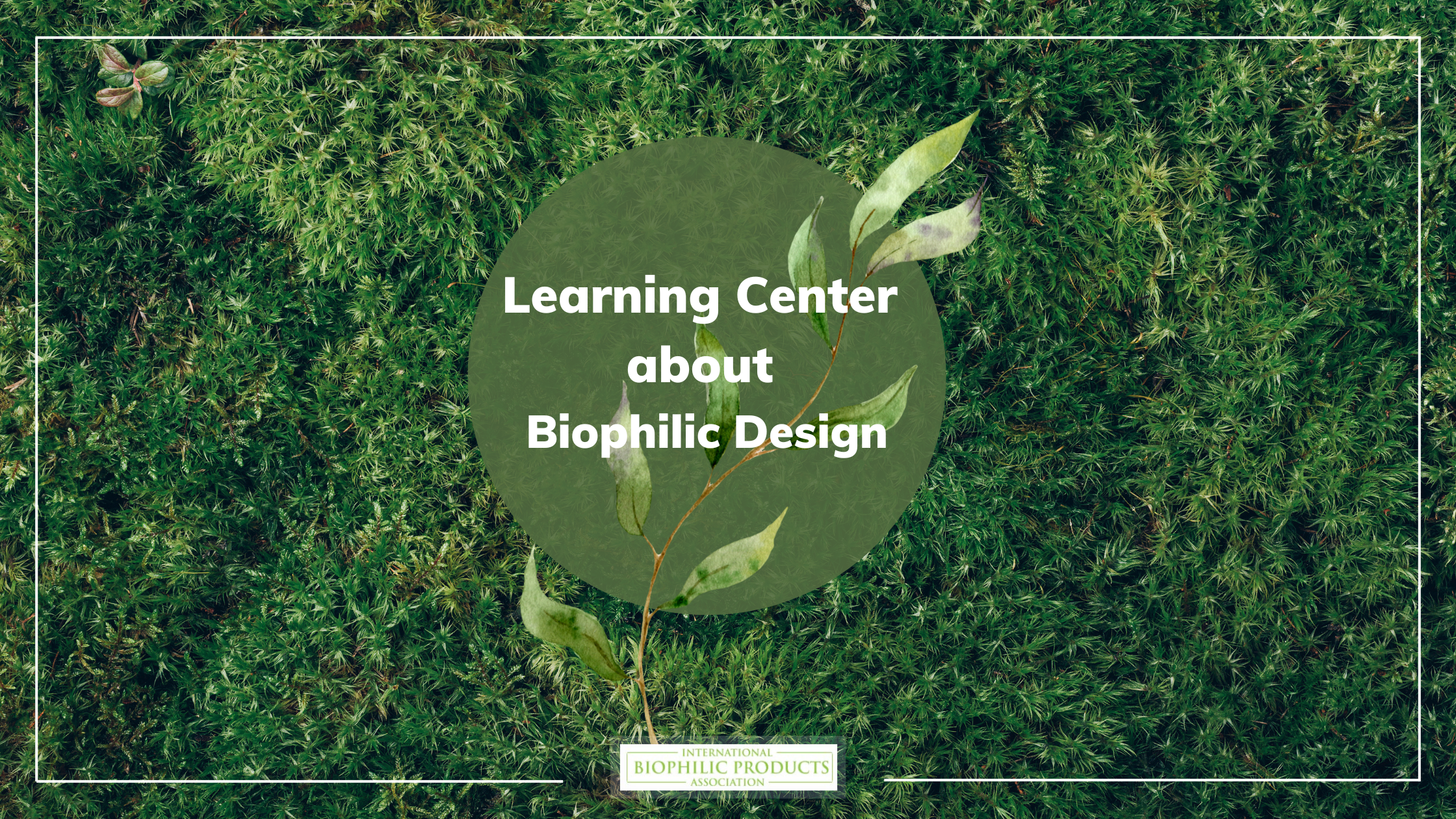
BOOKS

Biophilia: You+Nature+ Home

Design a Healthy Home:
With indoor air pollution at its worst, and many of us spending more time in our own homes, this interior design guide will help you create calm, social, and comfortable spaces.
DOWNLOADS
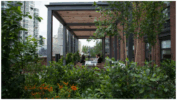
Bringing the outside into the office
By @Emma_Newburger

Biophilic Design The (New) Hanging Gardens of Babylon
The article explores biophilic design, which integrates nature into architecture to enhance human well-being. Inspired by the biophilia hypothesis, this approach incorporates natural light, plants, water, and organic materials into buildings.

Why Biophilic Design is Crucial in the Workplace and Beyond
The article is about biophilic design. Biophilic design is the practice of connecting people to nature in built environments.

Biophilia is not a “trend” but the long-term future of architecture and design
The article is about biophilic design, which is a way of designing buildings and cities to connect people with nature. Biophilic design has been shown to have many benefits for people’s physical and mental health, including reducing stress, improving mood, and increasing creativity. The article argues that biophilic design is not just a trend, but the long-term future of architecture and design.

Human Spaces Report Biophilic Global Impact Biophilic Design

Kids surrounded by greenery may grow up to be happier adults
POD CASTS

Happier Architects: Biophilic Design Overview
The content highlights how nature positively impacts our well-being, exploring biophilic design. Research shows that natural views speed up recovery, reduce stress, and improve sleep. Sounds and natural light help. Solutions include integrating nature into schools, hospitals, cities, and even the use of VR (virtual reality).

Journal of Biophilic Design Podcast
Journal of Biophilic Design’s series of podcasts about Biophilic Design.
TED TALKS

Using biophilic design to heal body, mind, and soul
From TEDMED, Amanda Sturgeon
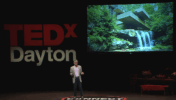
American Hardwood Improves Our Lives
This TED Talk, Criswell Davis promotes the use of American hardwoods in building and design. It highlights the inherent beauty of wood and its connection to human well-being through biophilic design. The text emphasizes that using wood is environmentally friendly and responsible, contributing to the sustainable management of forests.
VIDEOS
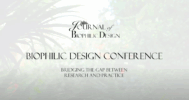
From Journal of Biophilic Design

The benefits of Biophilic Design adding more green to your homes
From Articulture

Unveiling the Secret Benefits of Biophilic Design E Workshop
Biophilic design fosters a profound connection to nature by bringing organic elements and natural light into interior spaces, ultimately promoting health, creativity, and tranquility.
From ClubNPC
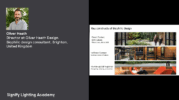
Biophilic Design by Oliver Heath
In this webinar, Oliver Heath will explain why this evolutionary design ethos has such universal appeal and the many benefits it can bring. He will clarify the core concepts and patterns behind Biophilic design and how they can be applied to the built environment – demonstrating the range of financial approaches to implementation.
From Signify, Oliver Heath

What is Biophilic Design Benefits of Biophilic Architecture Architects Thesis Concept
Biophilic design is an approach to architecture and interior design that seeks to incorporate elements of nature and natural systems into built environments. It recognizes the innate human connection with nature and aims to create spaces that promote well-being, productivity, and a sense of harmony with the natural world. Biophilic design can include features such as abundant natural light, views of nature, the use of natural materials, indoor plants, and the integration of natural patterns and shapes.
From Archi Vlogs

Exploring Biophilic Design with Oliver Heath
Biophilic design is not just a trend; it is a necessary approach to creating healthier, more productive work environments. By fostering a connection with nature, we can enhance employee well-being, creativity, and productivity. As we continue to navigate the challenges of modern work life, integrating biophilic elements into our spaces will be crucial for promoting a balanced and fulfilling work experience.
From CUBE™, Oliver Heath

Biophilic Design
Biophilic design represents a significant shift in how we approach architecture and urban planning. By prioritizing our connection to nature, we can create healthier, more productive environments that benefit both individuals and the ecosystem. As we continue to build and develop urban spaces, embracing biophilic principles will be essential for fostering a sustainable future.
From Living Future

Demystifying Biophilia Learning the meaning and benefits of Biophilic Design
Biophilia-inspired homes nurture you the same way Mother Nature does and have been proven to be calming and rejuvenating, enabling your well-being. It has below physical, psychological, and social benefits.
From Mahindra Lifespaces.

The Incredible Health Benefits of Biophilic Design
Biophilic refers to the hypothesis that humans have a desire to interact with and be in nature. This concept is becoming more popular due to the increase in urbanization as people experience a lack of nature. In the US alone, almost 83% of the population lives in urban areas. And we spend 90% of our time indoors. Because of this disconnect with nature, organizations try to incorporate biophilic design into their structures.
From Etactics
ARTICLES

Biophilic Design: What It Is and Why It Matters
From Psychology Today, Sally Augustin Ph.D.


